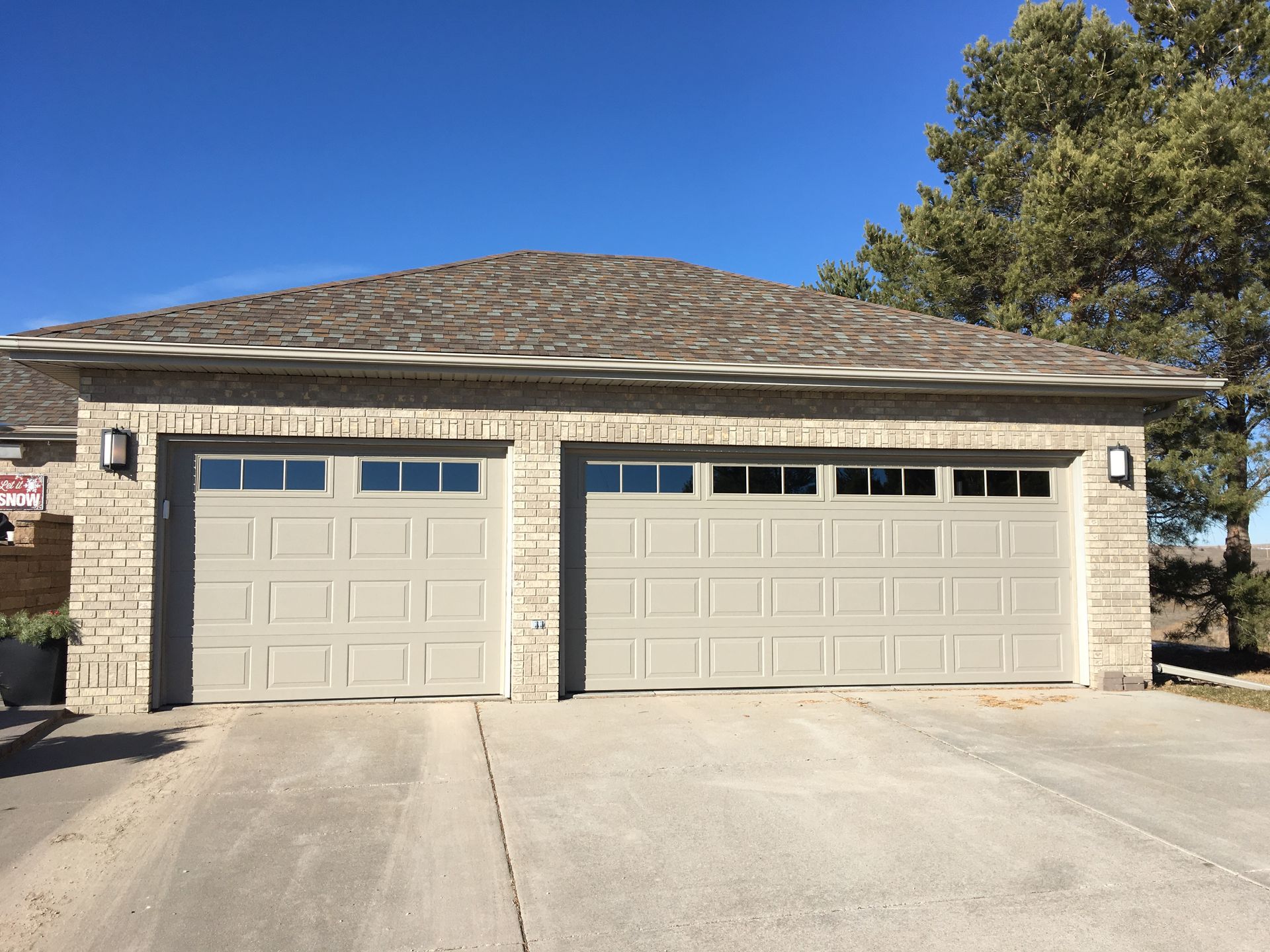Not sure whether to choose a flat or sloped roof? Understanding their pros and cons will help you make an informed decision based on your needs, budget, and building style. Let’s break it down.
Exploring the Advantages and Disadvantages of Each Roof Type
Understanding Flat Roofs
- Benefits: Flat roofs are budget-friendly, simple to install, and perfect for extra space such as rooftop patios or equipment like HVAC units.
- Disadvantages: Flat roofs need regular maintenance to avoid water accumulation and may be more susceptible to leaks if not sealed correctly.
Understanding Sloped Roofs
- Advantages: Excellent water drainage, durable, and aesthetically pleasing.
- Cons: Higher upfront costs and more complex construction.
Understanding the Truth About Flat Roofs
Contrary to popular belief, flat roofs aren’t truly flat. They have a subtle slope for water drainage. Flat roofs can be just as durable as sloped ones with the right materials and maintenance.
Choosing Between Flat and Sloped Roofs: What You Need to Know
Here are the key factors to consider when choosing between flat and sloped roofing:
- Budget: Flat roofs tend to be cheaper upfront, but sloped roofs may offer more savings over time due to their longevity and lower maintenance needs.
- Materials: Flat roofs often rely on materials like EPDM or TPO, while sloped roofs commonly use asphalt shingles, tiles, or metal.
- Roofing Design and Architecture: Consider the building's architecture, climate, and intended use. Flat roofs work well for modern aesthetics, while sloped roofs suit traditional homes and areas with heavy rainfall or snow.
Why Choose Weathercraft for Your Roofing Needs
Weathercraft offers expert roofing solutions for both flat and sloped roofs. We work closely with you to recommend the best options based on your design preferences, budget, and local climate. Every roofing project we handle is backed by high-quality materials and superior craftsmanship, guaranteeing long-lasting results.
